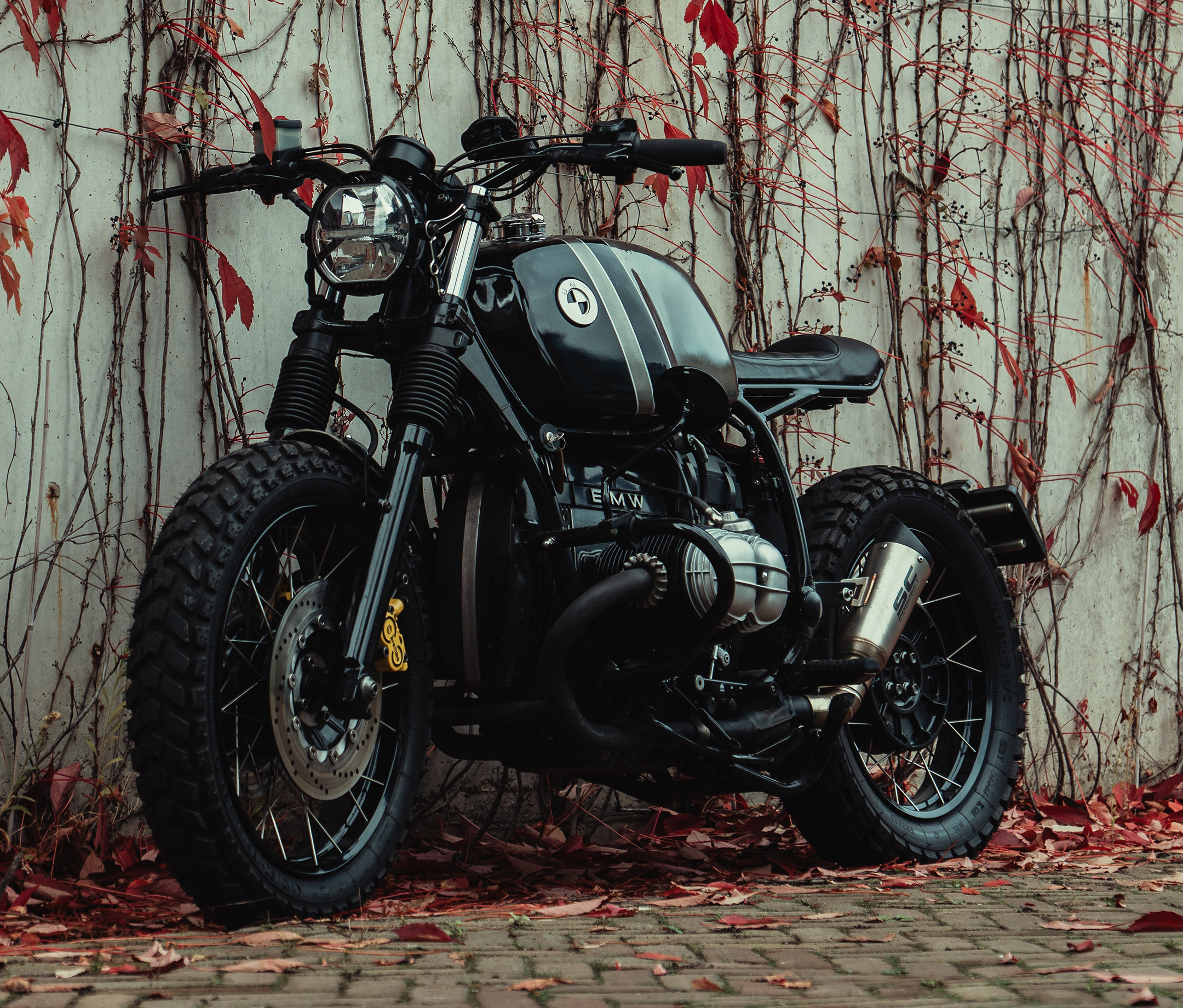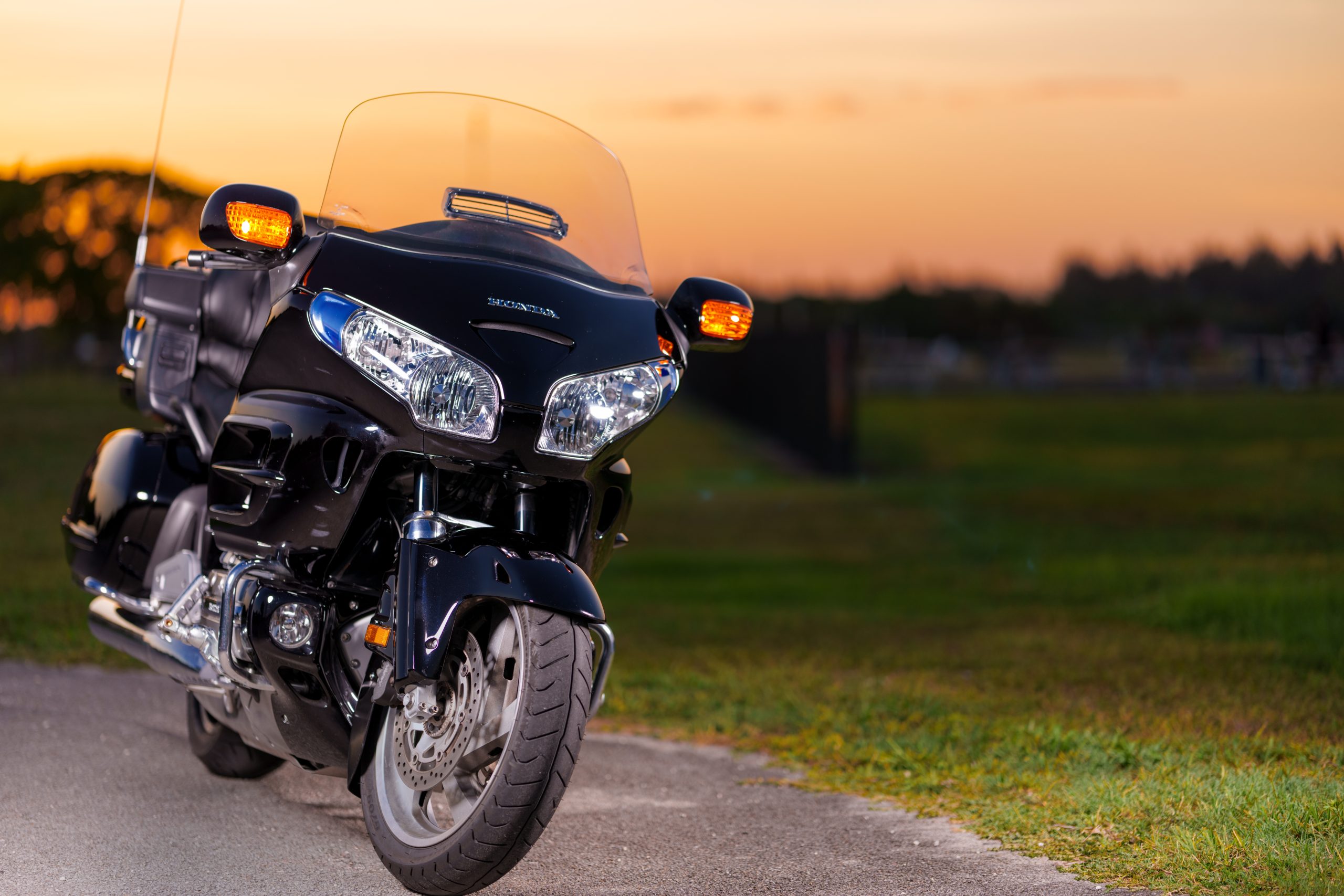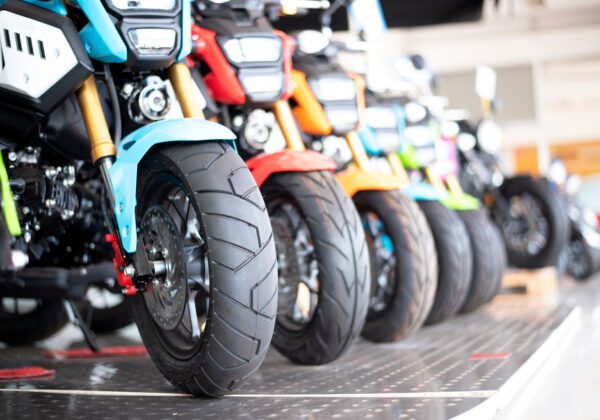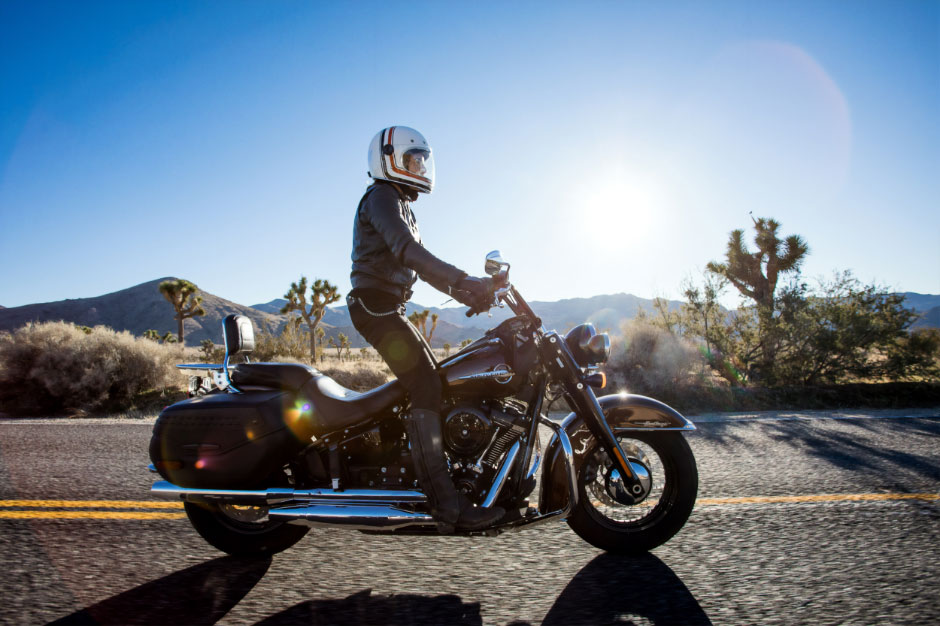How to Prepare Your Motorcycle for Sale: Cleaning, Maintenance, and More

When it’s time to part with your motorcycle, whether to upgrade to a newer model or simply to free up some garage space, the process involves much more than just placing an ad online. Proper preparation not only enhances the appeal of your motorcycle but can also significantly increase its resale value. In this detailed guide, we’ll explore how to meticulously prepare your motorcycle for sale, from deep cleaning and thorough mechanical checks to strategic enhancements and effective marketing techniques. By dedicating time to these steps, you not only ensure that your motorcycle is presented in its best light but also maximize your potential for a swift and profitable sale.
Step 1: Deep Cleaning and Detailing
The condition of your motorcycle is the first thing potential buyers will notice. A deep clean is crucial and involves more than just a simple wash. You should detail every component—from the engine to the smallest chrome accent—to ensure it shines. Cleaning should be followed by waxing and polishing, which protect the paint and make the bike look almost new. This meticulous attention to appearance can make a significant difference in how quickly your bike sells and at what price.
Exterior and Engine Detailing
Focus Areas: Pay attention to visible areas like the body, wheels, and chrome parts, as well as hidden spots such as under the seat and around the engine components.
Products and Techniques: Use high-quality motorcycle-specific cleaning products. Techniques like clay barring can remove fine particles and residue that normal washing misses.
Interior Cleaning
Leather and Upholstery: Condition leather seats and treat other upholstery with appropriate cleaners to revive their appearance and prevent future wear.
Step 2: Mechanical Integrity and Maintenance
Beyond aesthetics, the mechanical condition of your motorcycle is paramount. Buyers will be interested in a bike that is not only visually appealing but also in great running condition. This involves checking and replacing fluids, ensuring the brakes and suspension are fully functional, and confirming that the electrical system operates without issues. Such proactive maintenance not only assures potential buyers but also avoids any surprises that could sour a deal.
Fluid Management
Key Fluids to Check: Engine oil, brake fluid, coolant, and transmission fluid. These should be topped up or replaced as needed.
Leaks and Levels: Inspect for any leaks and ensure that all fluids are at their proper levels, indicating well-maintained machinery.
Brake and Suspension Check
Brake Pads and Rotors: Assess the wear on brake pads and rotors, replacing if necessary to ensure optimal performance.
Suspension Components: Examine shocks and struts for signs of wear or damage, ensuring they function correctly for safe handling.
Step 3: Cosmetic and Performance Enhancements
Cosmetic enhancements such as a new set of decals or a custom seat cover can make your motorcycle stand out. Performance improvements like upgrading the exhaust system or installing better filters can also add considerable value. These modifications should be chosen carefully to appeal to the widest range of potential buyers, enhancing both the functionality and aesthetics of the bike.
Cosmetic Upgrades
Aesthetic Improvements: Consider applying new decals, repainting faded areas, or adding new trim pieces to enhance visual appeal.
Detailing Tips: Use professional detailing services to achieve a showroom-quality finish, highlighting the bike’s best features.
Performance Enhancements
Engine Upgrades: Installing high-performance air filters or a new exhaust system can improve both the sound and efficiency of the motorcycle.
Handling Enhancements: Upgrading components like tires, brakes, or suspension systems can significantly enhance the bike’s handling and appeal to enthusiasts.
The completeness of your documentation can often seal the deal. Have all records ready, from service histories to modifications and repairs. These documents speak volumes about your care and commitment to the motorcycle’s upkeep, greatly enhancing buyer confidence.
Step 4: Documentation and Histories
Service Records
Organized Documentation: Maintain a detailed log of all services and repairs, including dates, types of service, and who performed the work.
Proof of Ownership: Ensure that the motorcycle’s title is clear and in your name, with no outstanding liens or disputes.
Modification Records
List of Changes: Provide a detailed list of all modifications and upgrades made to the bike, along with receipts and warranties if available.
Impact on Warranty: Note any modifications that might affect the manufacturer’s warranty and how they have been addressed.
Step 5: Setting the Right Price
Researching and setting an appropriate price is critical. It needs to reflect the motorcycle’s condition, the market demand, and any added features. A well-priced motorcycle will attract more buyers and facilitate quicker negotiations.
Market Research
Comparative Analysis: Look at similar models currently on sale to gauge your motorcycle’s market position.
Adjustments for Extras: Consider the value of any added extras or modifications when setting the price, ensuring they are accounted for in your asking price.
Price Setting
Starting Point: Determine a competitive starting price that reflects the bike’s overall condition and market trends.
Negotiation Buffer: Set a price slightly higher than your minimum acceptable price to allow room for negotiation.
Step 6: Marketing Your Motorcycle
Marketing involves more than just listing the sale; it’s about how you present the motorcycle to potential buyers. High-quality, detailed photos and even videos of the bike in action can significantly boost interest. An accurate and engaging description will keep potential buyers interested and help them make quick decisions.
Visual Appeal
Photography: Take professional-quality photos in good lighting from multiple angles, highlighting the motorcycle’s best features.
Video Showcase: Consider creating a short video that shows the motorcycle in action, demonstrating its performance and sound.
Effective Listings
Engaging Descriptions: Write clear and compelling descriptions that cover all aspects of the motorcycle, including its history, condition, and any special features.
Platform Selection: Choose the right platforms for listing your motorcycle, such as specialty motorcycle sales sites, online marketplaces, or local classifieds, to reach the most suitable audience.
Conclusion
Selling a motorcycle successfully requires careful preparation, a strategic approach, and attention to detail. By thoroughly cleaning and inspecting your bike, making thoughtful enhancements, preparing comprehensive documentation, and effectively marketing it, you can significantly increase both the interest in and the price of your motorcycle. Each step not only brings you closer to a successful sale but also showcases the care and effort you have invested in your bike, making it a more appealing purchase for potential buyers. Remember, the time and effort you put into preparing your motorcycle for sale are direct investments in the final sale price and speed of the transaction. With the right preparation, you can transform the selling experience from merely transactional to genuinely rewarding.
Ready to turn your motorcycle or powersport vehicle into quick cash? Don’t wait! Click below to receive your free, no-obligation offer today. Let Powersport Buyers give you the competitive price and hassle-free experience you deserve. Get Your Offer Now!


